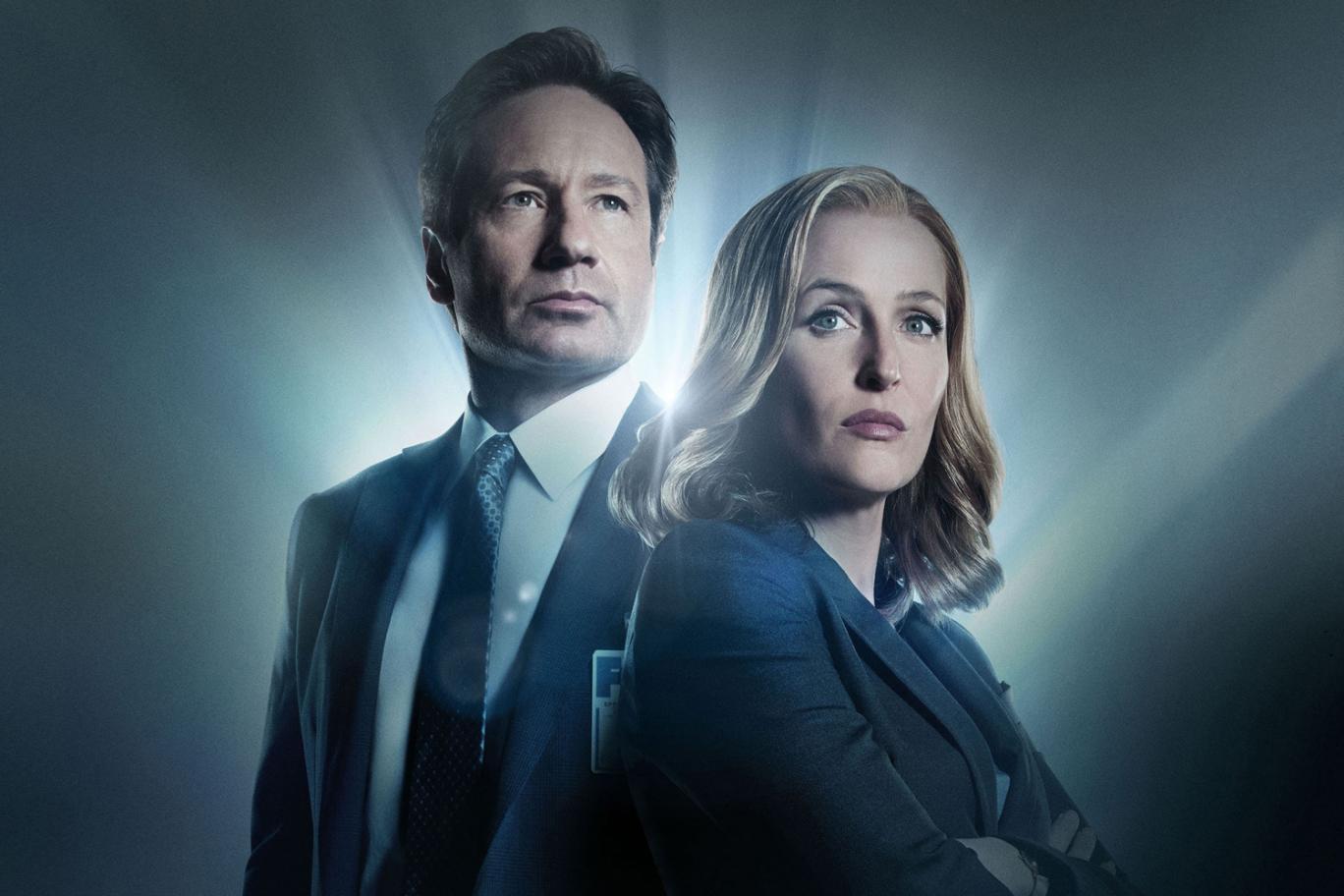By John Newhagen, Staff Writer
Conspiracy theories about alien invasions and government plots fill some deeply held human need to know about plausible yet unlikely dark and mysterious forces controlling the world. The X-Files tapped into that need so deeply that it mesmerizes a new generation of views 23 years after it first appeared.
The X-Files isn’t the only television show of its time period to gain an avid cult following. Television shows like Battlestar Galatica and Continuum are notable because, like The X-Files, they expand the sci-fi genre to wed both themes about alternate realities and contemporary conspiracy theories about the government. Shows just like this one populate all the streaming video services such as Netflix, Amazon Prime, and Hulu, which provide fertile soil for small to media sized cult followings.
The pilot episode begins with a young woman in a white night gown fleeing through the woods as silhouette, made indistinguishable by an ominous beam of light, slowly approaches her. The scene then shifts to FBI headquarters where Agent Dana Scully, the female lead played by Gillian Anderson, is given the task of debunking Agent Fox Mulder, played by David Duchovny. On the surface Mulder is a stereotypical FBI agent, with the geek suit and thin tie and the cynical and glib attitude — he is all that we would expect. The only problem is obsessed with proving extra-terrestrial presence on earth and the government’s attempt to cover it up.
Agent Scully tries to rationalize paranormal occurrences in the group by finding forensic scientific answers behind it. Anderson does a very good job of underplaying her role. When she delivers a line, she says it with low key emotion and doesn’t oversell it.
The show is cerebral; red headed Gillian Anderson is also an accomplished Shakespearian actress. Duchovny is also a very talented actor and has even written two novels. Some other notable television shows Duchovny has starred in include Twin Peaks and Aquarius. In the course of the series episodes treated deep topics such as the Turing Test and did a contemporary reprise of Mary Shelley’s Frankenstein that both won awards.
The view can see the course of the series in just the first two scenes of the pilot. The producer, Chris Carter, establishes the important elements of the show that will endure for 10 seasons. First, there is a mysterious but unexplained event that usually includes shady government operatives. Mulder opens a file at looks at it with fresh eyes. He “wants to believe,” the recurrent slogan that appears in the opening credits and has reproduced as a poster to adorn the walls of college student dorm rooms for two generations.
Then the constant tension with the cynic Scully emerges. Paranoia and suspicion are as thick as the fog that frequently masks the scarier scenes in each episode. Then slowly but surely, episode by episode, Scully comes around to trust and believe in Mulder.
Music plays an important role in setting the spooky emotion tone of the show. The creepy X-Files theme, a hallmark of the show was recorded by American film and television composer Mark Snow. The song fills the air with a sense of fear and confusion typically after some sort of supernatural occurrence.
The show represents a milestone in contemporary popular culture. His has sufficient dramatic pathos to engage a large enough cult audience to justify Fox keeping it on the air for a full decade. Weaving theories about government conspiracies into the culture of “tinfoil hat” fanatics who make the pilgrimage to Roswell, New Mexico, each year made it edgy enough to engage a loyal fan base.
It was a show made for emerging niche cable products. It never would have lasted in an earlier epoch of mass audience network broadcast show. It truly cut a place for itself in this emerging entertainment sector. It truly broke new ground and paved the way for a host of similar series we see all over Netflix, Amazon Prime, and elsewhere.

